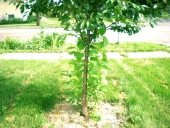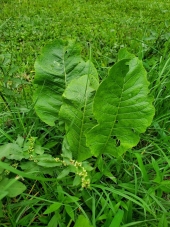Ok, I have tons of questions.. I really don't know if I should divide these into specific threads or what, but I'll ask some general ones here.
A bit about me: I was introduced to permaculture last year sometime and I seriously think it is amazing. I love learning about it and definitely want to turn this barren land I live on into a lush eco-system. I live in Lakeside, CA.. I believe it's USDA zone 9b or 10? Anyway, the record low is 25 F, pretty hot in the summer, low rainfall. I'm hoping to be able to grow most of my own food (I eat mostly fruit), so I am trying to grow sub-tropicals and not just native, so hopefully that doesn't turn you all off. I am reading Gaia's garden and I like the authors take on exotics. What I live on is pretty overgrown with grasses/weeds (pics attached). I have already bought some trees and did make some newbie mistakes (too big for their pots).
-Is it a better idea to leave the fruit trees in pots and plant them later (WHEN?) than now/in the next week. It was just raining today, so maybe spring isn't over yet

? Will they get to big? Will it inhibit fruit production (soon)? I have already planted the white sapote and plan to plant the guava tomorrow. The white sapote was looking sad and definitely root bound

ops: pics.
-Do you think I will have a problem keeping them alive in any specific spot? I probably just don't know the yard well, but it just doesn't seem like there are crazy different micro-climates but I am paranoid about placing a tree in the wrong spot.
-Gophers: We have them. I am doing a garden in the back yard where all of the gophers are eaten by cats, but I am pretty sure the yard I will be planting fruit trees in gophers are still there. How big do the roots need to be before I can stop worrying about gophers? I don't know if the best idea is to plant the trees in chicken wire (would it need to be removed?) or if I should plant gopher deterrent around the trees. How established do these deterrents need to be before I can count on them?
-How can I figure out what kind of root systems my trees have/how they will interact/how big the canopy gets? You would think this would be super easy to google but I am coming up blank!
-should I worry about the grasses currently around where I am planting the trees? I plan on converting all of this to useful foliage, but right now I'm just concerned about it killing what I've bought?
-Should I worry about fertilizing with anything but
compost and coffee grounds? That's all I have and I really don't want to buy anything or use un-natural fertilizers. I also have pee, but It seems there are mixed review on whether this is helpful or not. I know that this will not be an issue in the future, but for now when I don't have everything established (a person at the nursery said I should apply fertilizer to the root bound tree...).
-I have mature oranges trees some are ok, some look almost dead (deadest one pictured). Should I do anything other than water to revive? Will they revive? I was going to plant N2 fixers around them, as well, since citrus needs a lot. I was also thinking about dumping my pee on them since it seems citrus is very tolerant of pee.
-Speaking of pee, It seems like a lot of the contra-indications should be low on the diet I follow (low protein, no salt)... Any knowledge in this arena?
-Are there any good ground covers that will get rid of grass and also fix nitrogen? that would be awesome.
trees that were too big

white sapote and guava
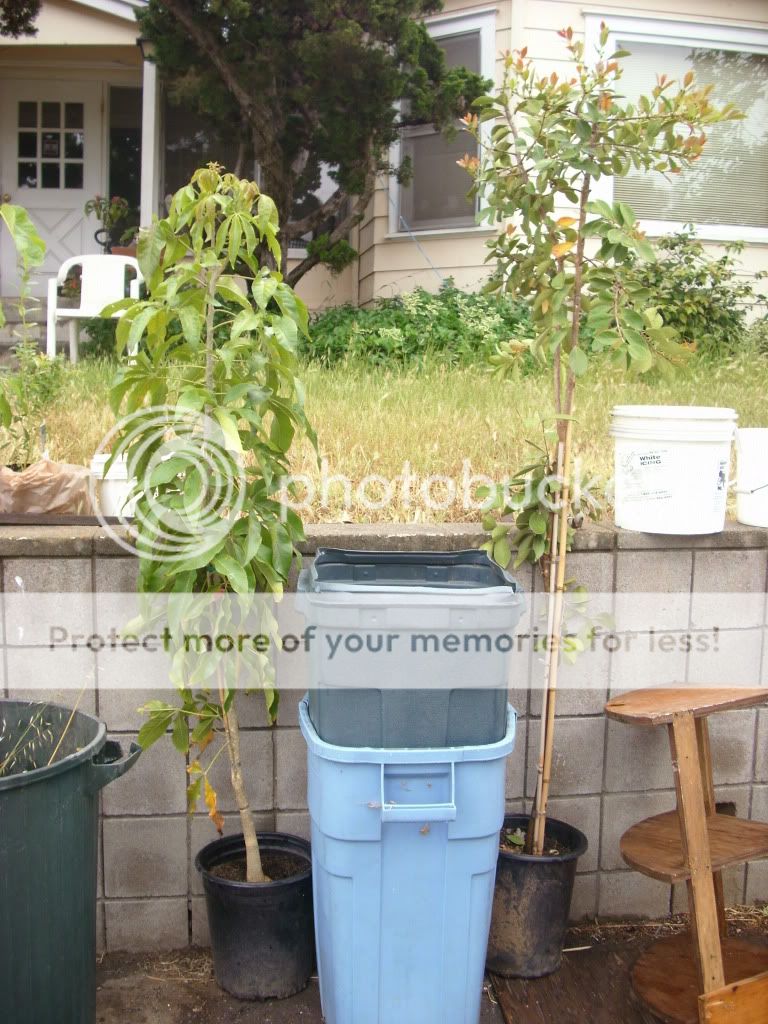
blueberries sandwiching tiger fig and cherry of the rio grande (blueberries already planted under a pine tree for acid soil)
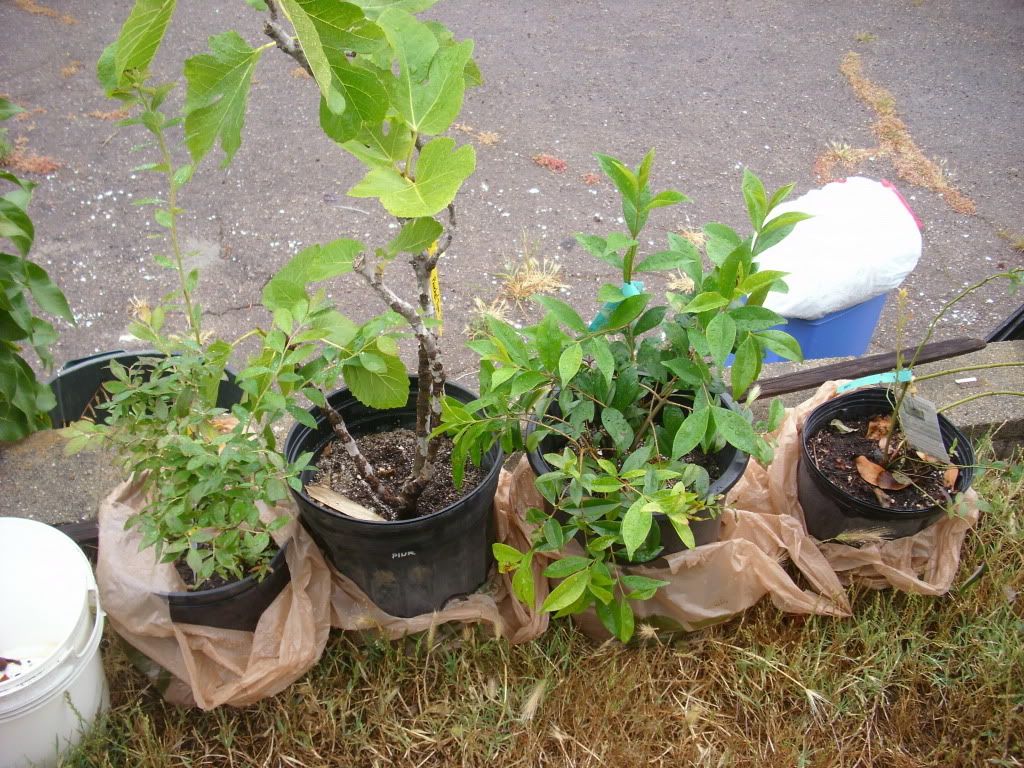
el bumpo and spain cherimoya along the wall brown turkey fig in blue pot
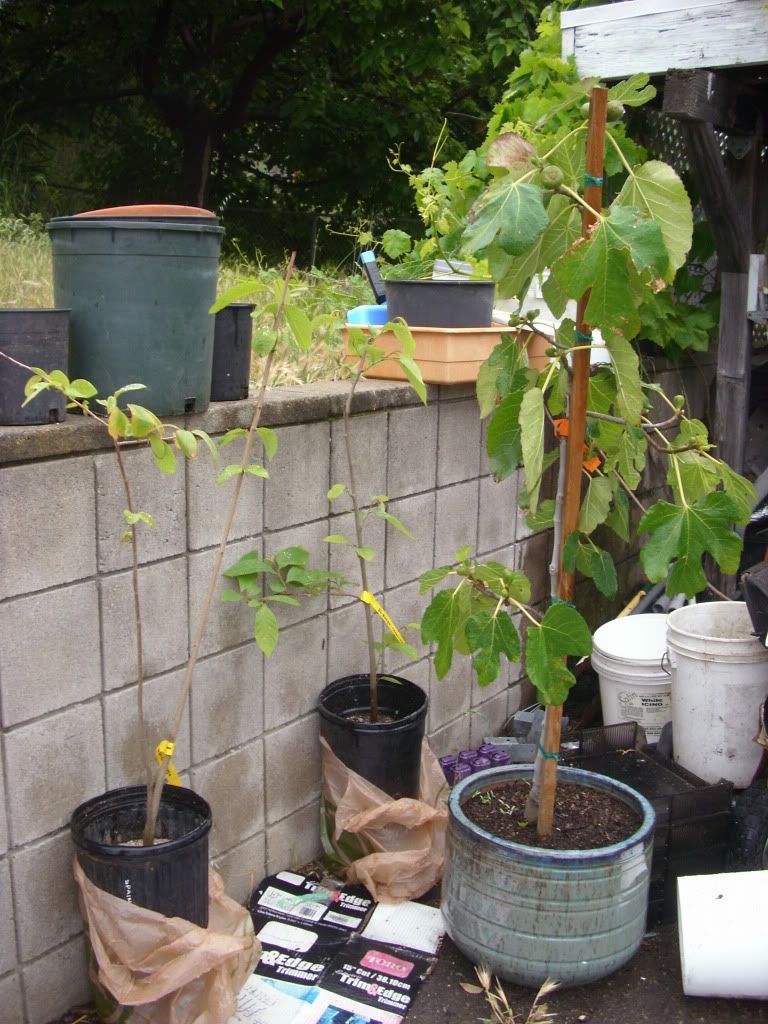
yard looking left.. west facing slope
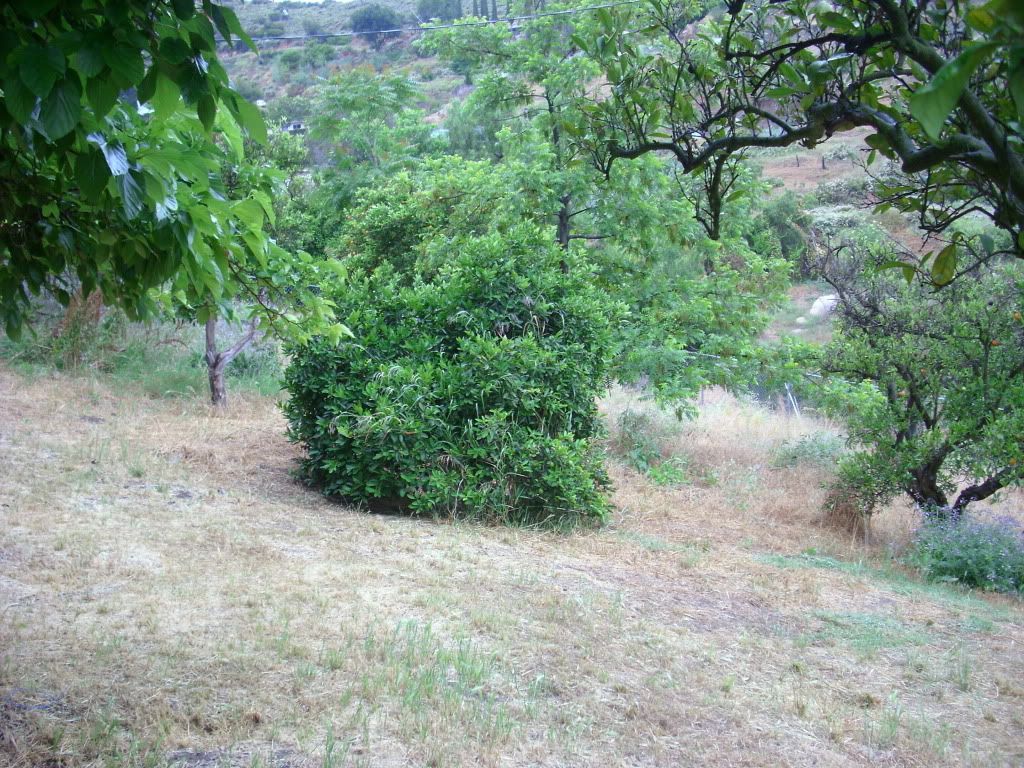
yard looking right
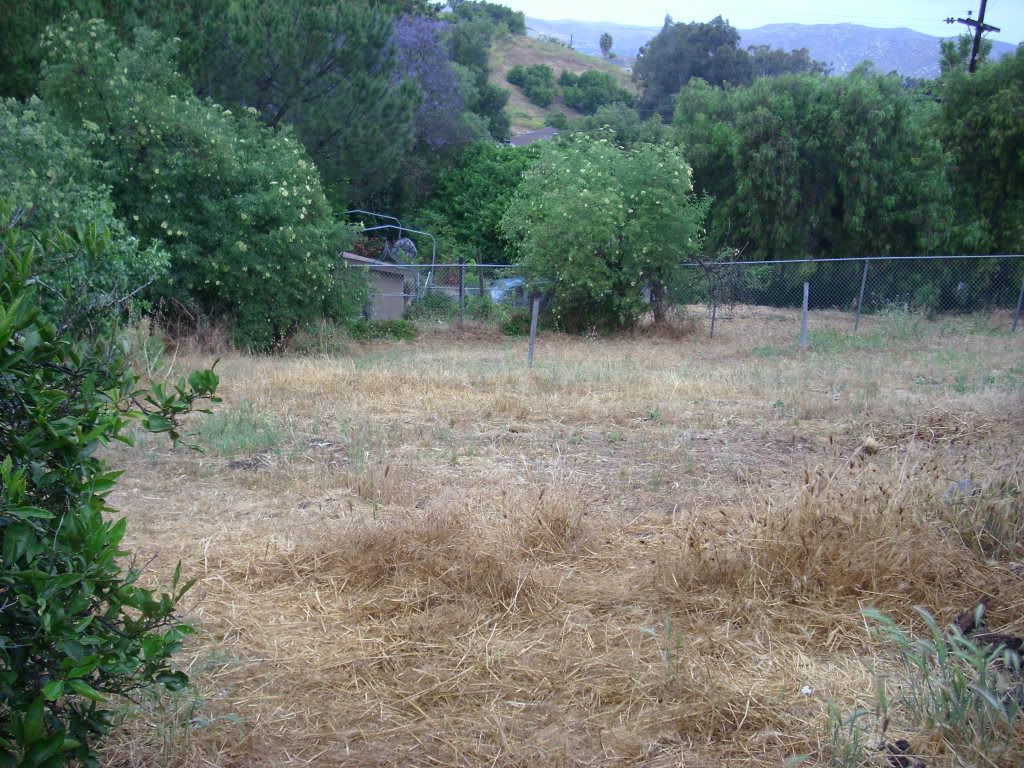
deadish orange tree
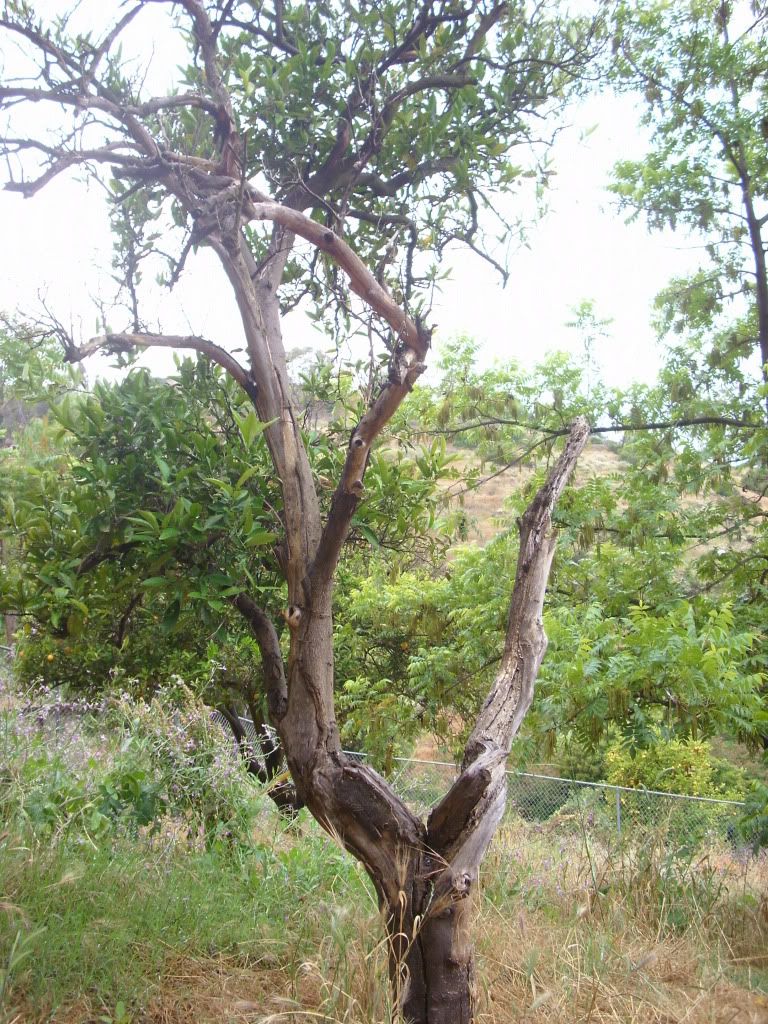





 ? Will they get to big? Will it inhibit fruit production (soon)? I have already planted the white sapote and plan to plant the guava tomorrow. The white sapote was looking sad and definitely root bound
? Will they get to big? Will it inhibit fruit production (soon)? I have already planted the white sapote and plan to plant the guava tomorrow. The white sapote was looking sad and definitely root bound  ops: pics.
ops: pics. white sapote and guava
white sapote and guava





 1
1






















 2
2













 1
1












 1
1





